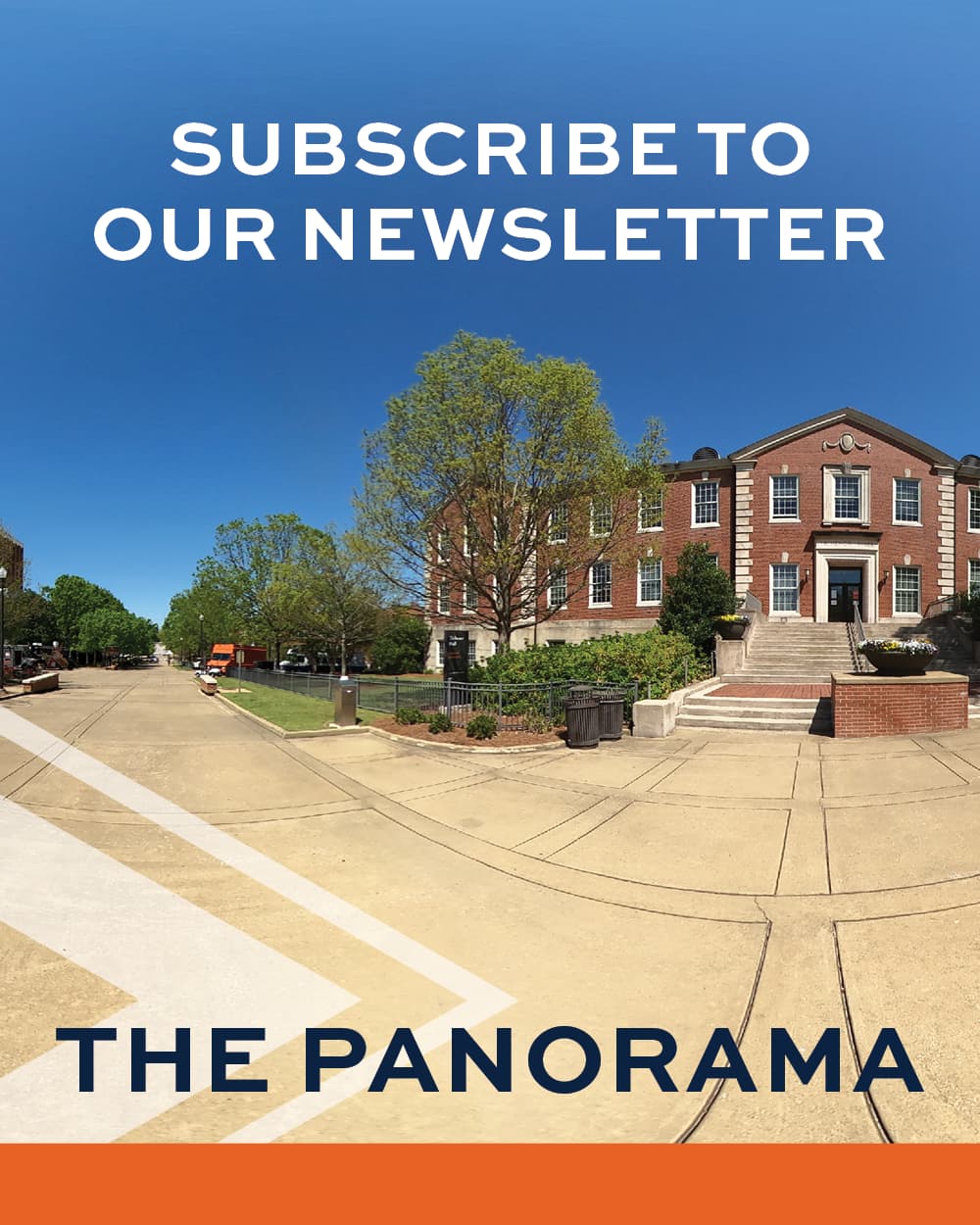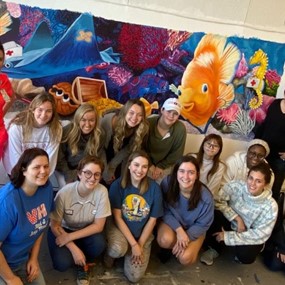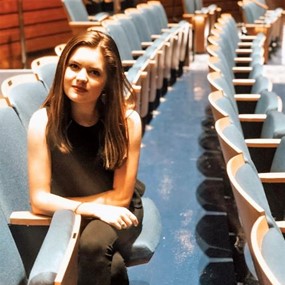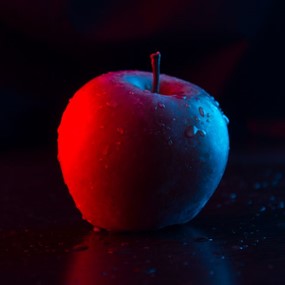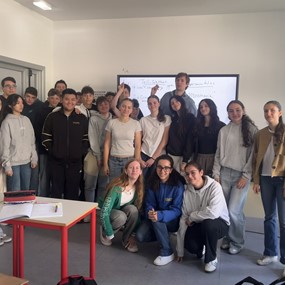Auburn archaeology field school trains students to unearth history of Camp Watts
Underneath pastures and woodlands just south of Notasulga, an Alabama Civil War camp may be waiting to be discovered. College of Liberal Arts students are working to be the first to uncover it.
Led by Associate Professor of Anthropology Meghan Buchanan, Auburn students became practicing archaeologists at a historic site this summer. The site is suspected of being the location of the Camp Watts confederate conscription camp, though no definitive proof has ever been found.
"Nobody's ever done one of these," Buchanan said. "Every state in the south, once this Conscription Act was passed, was then responsible for training these new conscripts that were going to go fight in the military. If we can find the facilities related to the camp, this would be the first ever excavations at a conscription camp."
At first glance, the Camp Watts land appears to be a normal farm. But two headstones of Civil War casualties and several depressions in the ground indicate a larger cemetery.
Students searched for other evidence of the camp, including a hospital, train depot, galley and administrative building. They used metal detectors, shovel testing (digging small holes every several feet in the ground), ground-penetrating radar and test excavations.

"That's going to stick with me forever," said anthropology junior Mia Bakotic. "Now that I've learned how to set up shovel test pits, do metal detecting, all of that stuff, that helps me if I want to get a different field school opportunity. I have that experience, I can bring that to the table, where a lot of people don't. So, that puts me ahead of more opportunities than others."
As the students process artifacts such as buttons, railroad spikes and pottery from the site, they ask: What happened to the people who were at this camp? To answer that question, they must piece together soil samples, artifacts and history like a puzzle.
Buchanan said it requires students to apply the theory and principles they've learned in the classroom to an on-the-job, field experience.
"Going out there, getting hands dirty, seeing soils, seeing what artifacts look like, it really gives them all an opportunity to understand the full process of archeology, but to also then understand if this is a career that they want to pursue," Buchanan said. "A lot of people think archeology sounds really interesting, but you really get a sense of: Is this something I want to do with the rest of my life?"
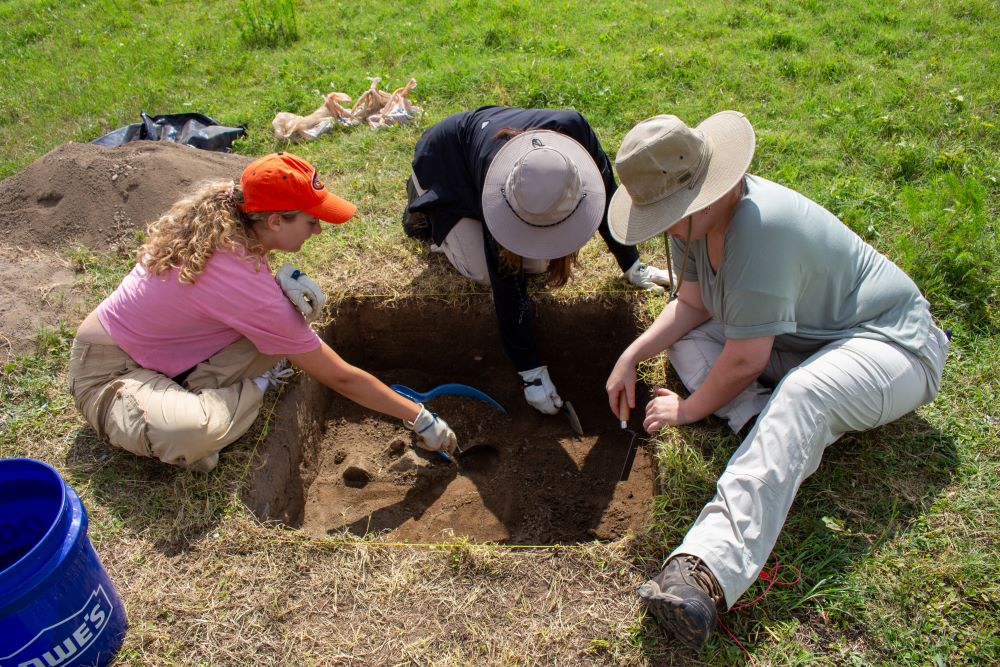
In individual and team work, students also sharpened their analytical and communication skills. The goal of the field school is to prepare students to be more competitive when entering the archaeology field. Even for students not interested in pursuing archaeology as a career, it provides a foundation for careers across anthropology.
"It was a lot of fun. I'm a big hands-on learner, so I liked being able to do it myself," said anthropology senior Kat Wilkinson. "It makes me want to work harder to get to where I want to be because I know what I have to do now. It's preparing me to put in the work after college, and it's not something you can just get wherever."
The 2024 archaeological field school was supported by the Ginn Family Foundation. Their gift provided students with the supplies and equipment they needed to gain real-world archaeology experience throughout the summer.
Matt Ginn, the proprietor of the land where the field school was conducted, hopes his support inspires the next generation of archaeologists to investigate local history.
"The Ginn Family Foundation wanted to take an opportunity to help Dr. Buchanan and future archeologists in this field. What we find is the first students we have digging today, to see their eyes light up when they were finding things, is amazing," Ginn said. "I think it's an opportunity for Auburn University to create something special. I think it's an opportunity for the community to rally around the learnings of what happened here."

The first archaeological field school covered only a sample of the land – just 10 of 300 acres where evidence of Camp Watts could be buried. While Buchanan's class found artifacts matching late-1800s architecture, there is still work to be done.
Ginn encourages others to invest in the field school's mission of uncovering Alabama's history.
"We are just at the beginning of this project. We can't do it all. We're going to need some help," Ginn said. "We need to create something special for Auburn and we need the community of Auburn involved. We need the state of Alabama involved. The more that'll happen, the more we'll be able to teach and to learn and that's the primary objective here."
Learn more about anthropology in the College of Liberal Arts.
Tags: Anthropology Students Research

